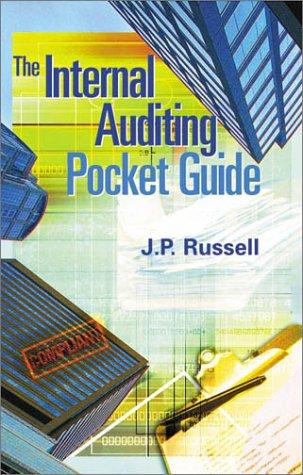Question
The first step in the accounting cycle is to sort through the transactions and determine what debits and credits are to be used. The second
The first step in the accounting cycle is to sort through the transactions and determine what debits and credits are to be used. The second step (sometimes skipped) is to enter them in the journal. The journal (if used) allows the bookkeeper to see the entries to be made in the ledger accounts. Take the following transactions and enter them in journal form. In choosing the account to debit or credit, there may not be a right answer - only a few that is not wrong. I will expect you to call one account Cash another Capital (though Owner Equity will be accepted).
a. Mr. Drew invested $20,000 in cash in order to get his business started.
b. Equipment costing $4,500 was purchased on the following terms: $1,000 cash down payment and a non-interest bearing note for the balance.
c. Merchandise costing $6,000 was purchased on credit.
d. A partial payment of $3,000 was made against the $6,000 merchandise that had been previously purchased on credit.
e. Sales (all cash) during the period amounted to $7,000
f. Merchandise sold during the period cost $5,000
g. Rent of $250 and wages of $500 were paid in cash.
Step by Step Solution
There are 3 Steps involved in it
Step: 1

Get Instant Access to Expert-Tailored Solutions
See step-by-step solutions with expert insights and AI powered tools for academic success
Step: 2

Step: 3

Ace Your Homework with AI
Get the answers you need in no time with our AI-driven, step-by-step assistance
Get Started


